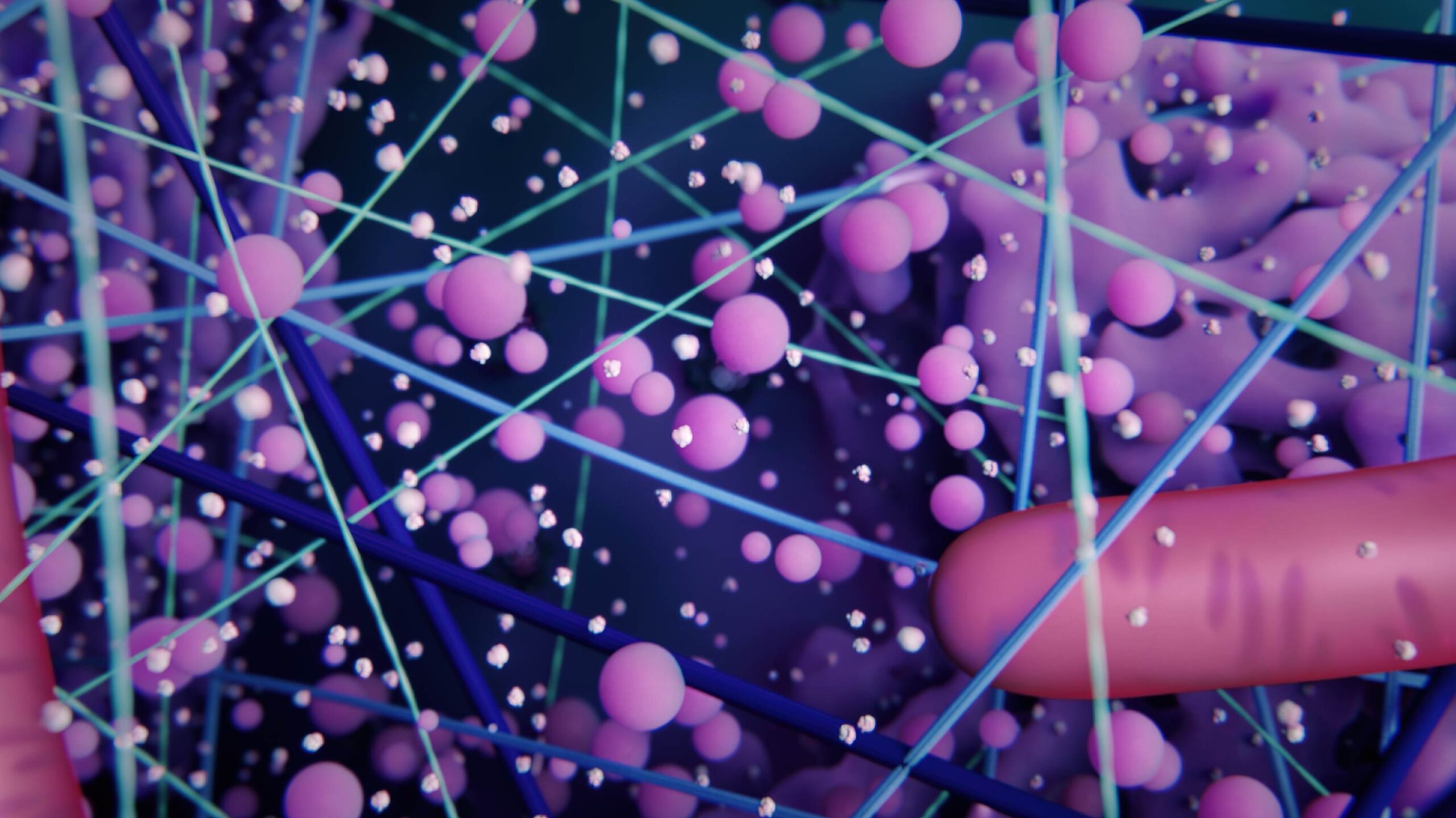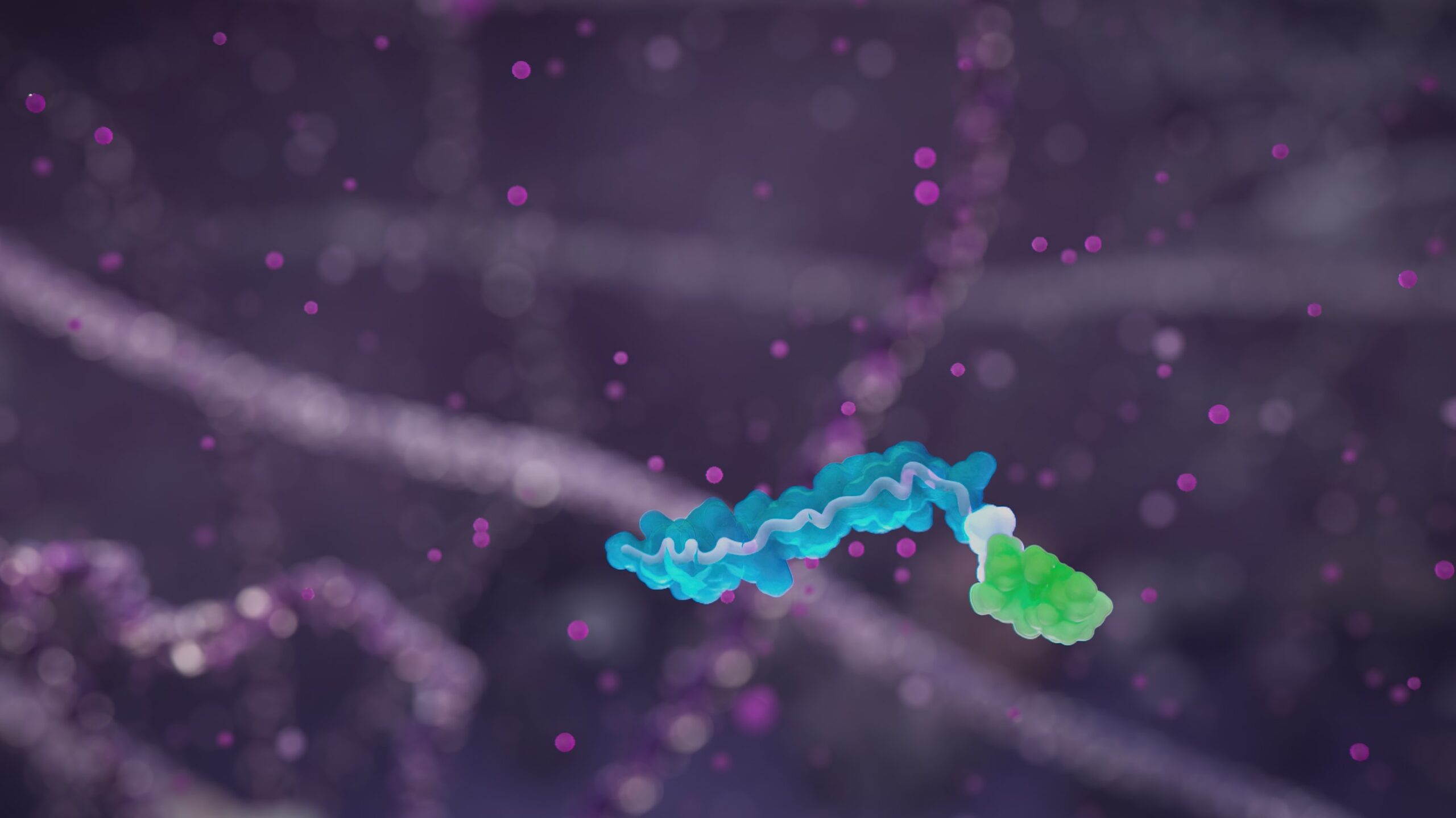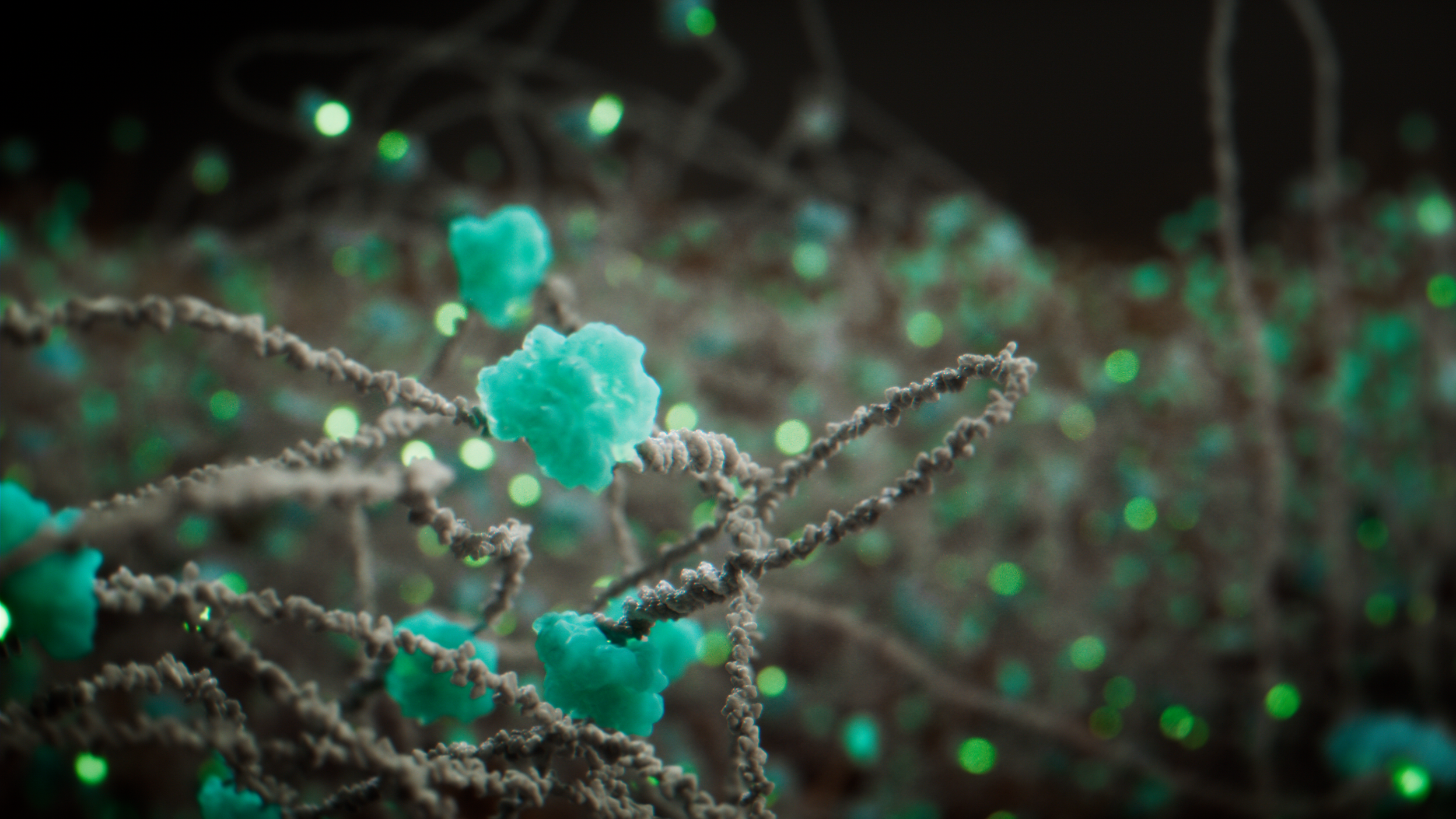3D Explainer Animation on Condensate Modifying Drugs


Dewpoint Therapeutics develops approaches to translate condensate biology into medicine. Combining condensate science, drug discovery and data science, Dewpoint aims to become the world’s leading condensate biotechnology company.
—
$287M
Project goal
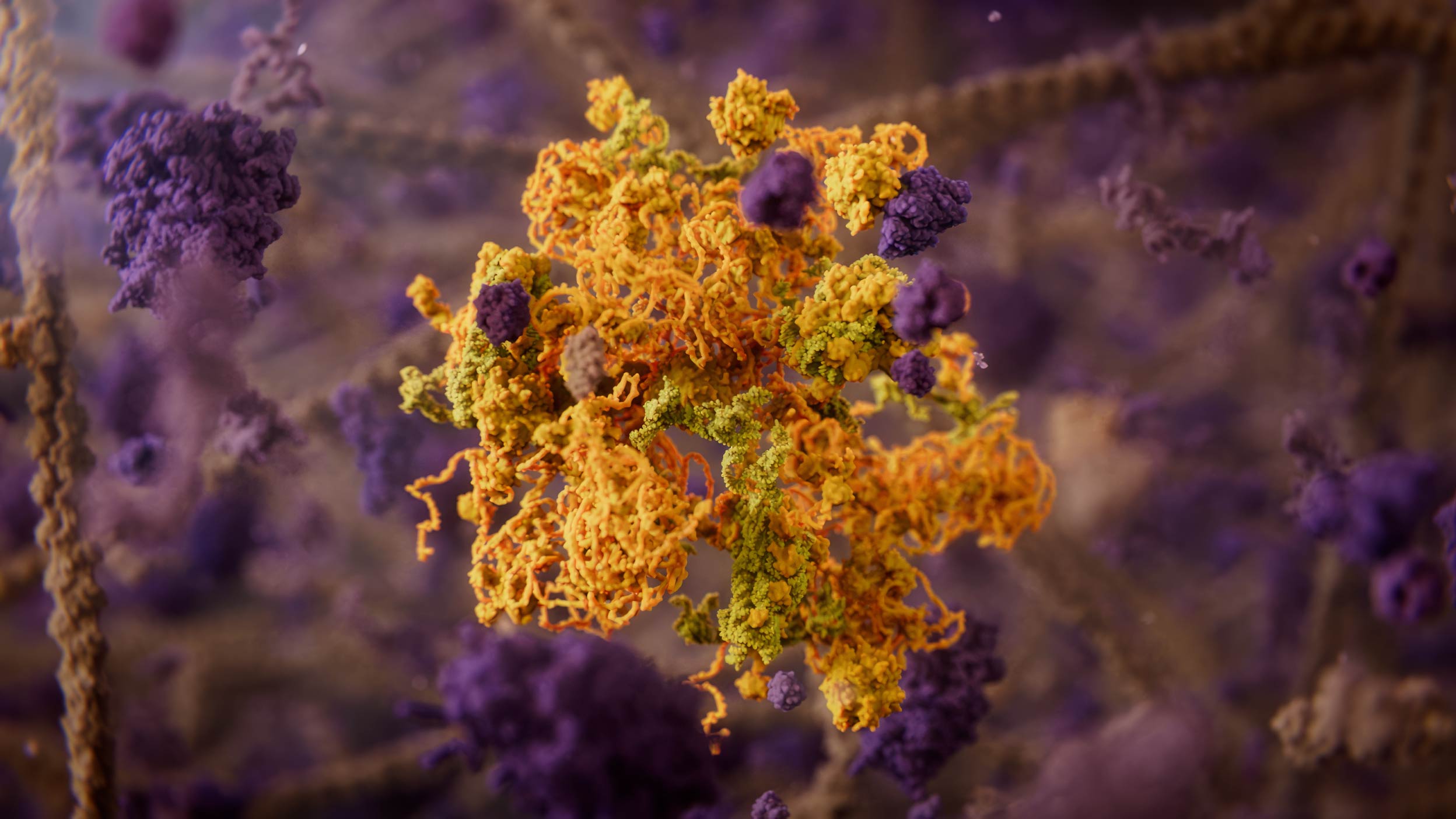
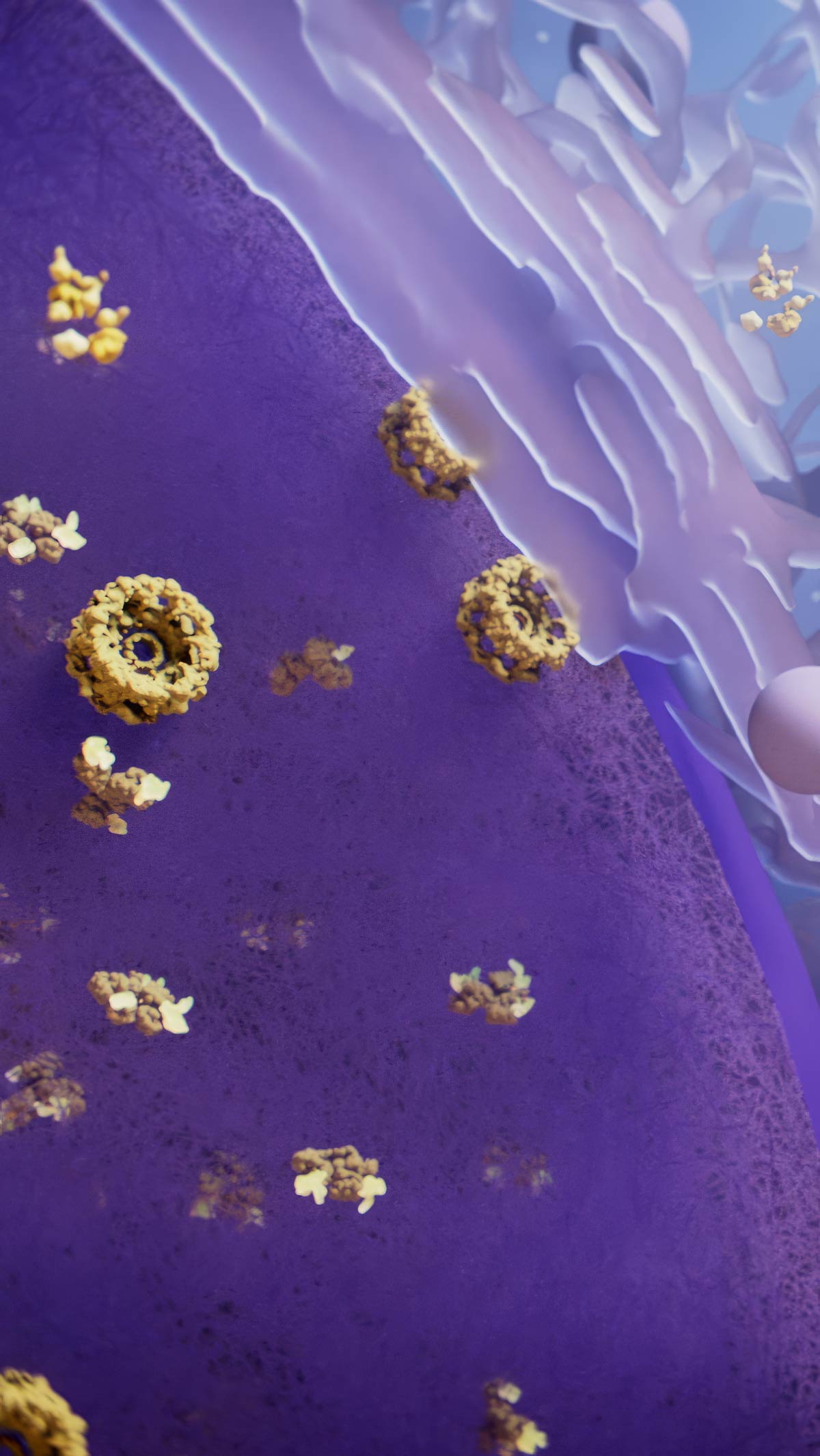
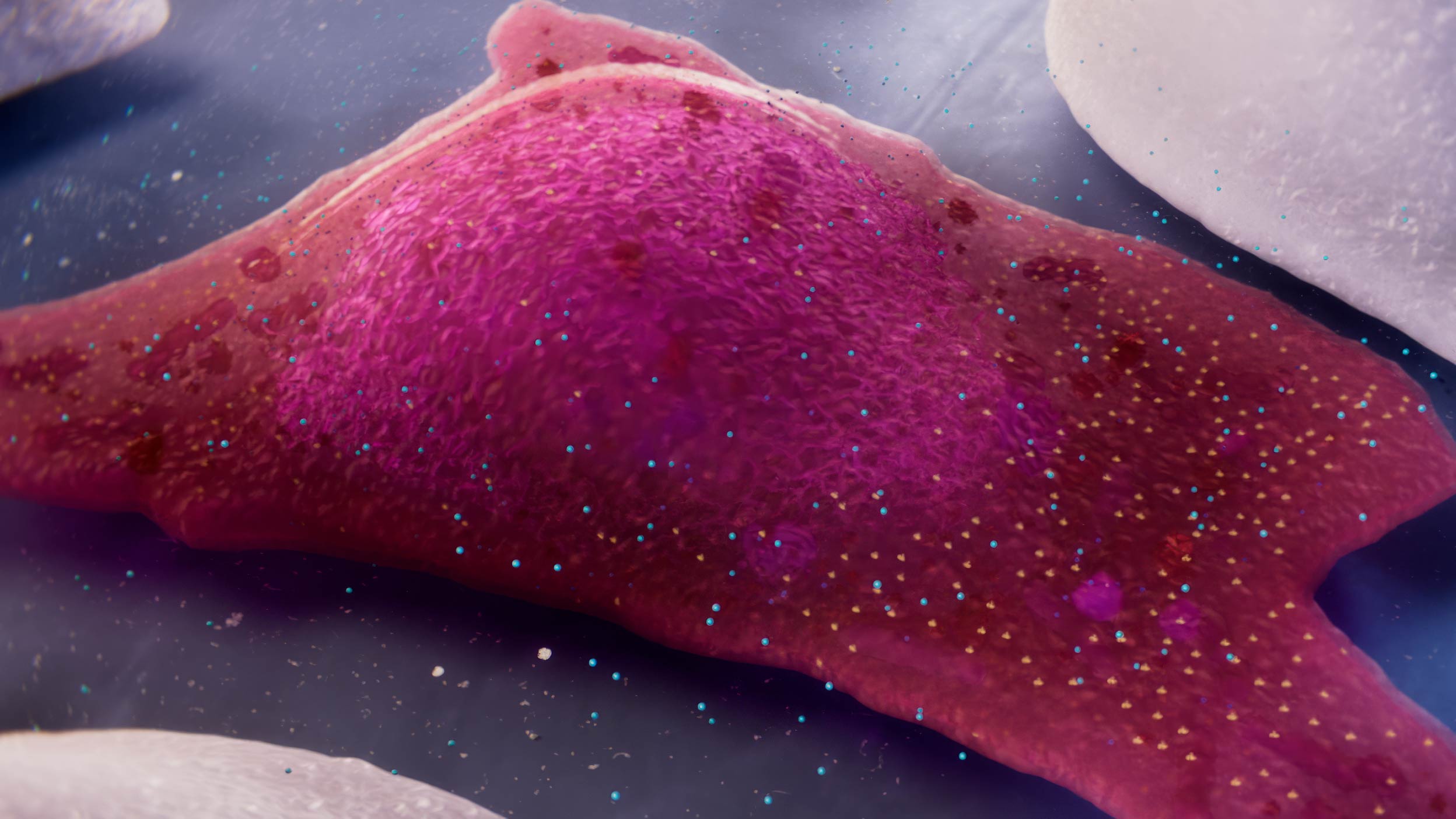
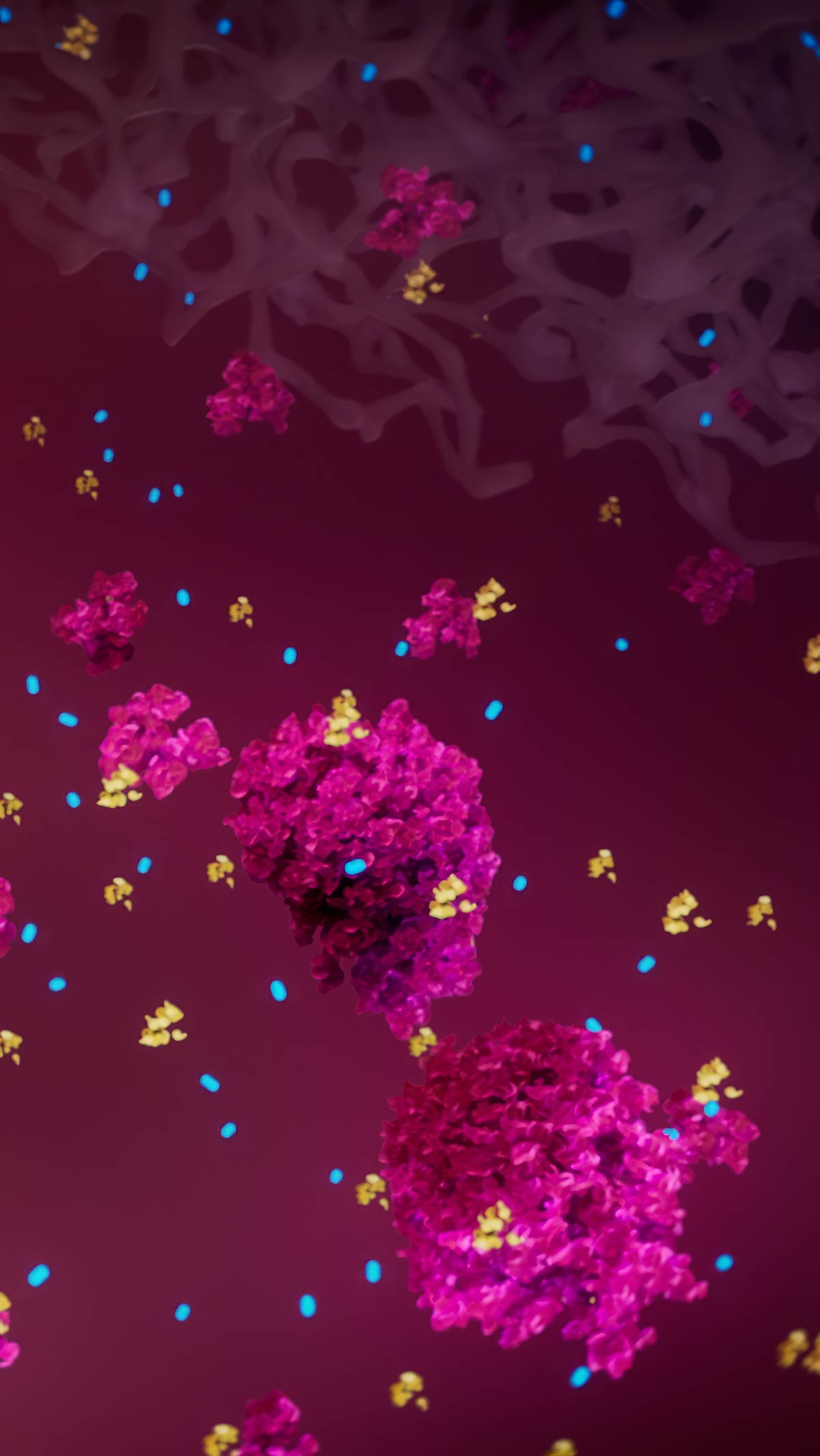
The Process


Why we used this animation type?
We used our Main 3D style for the animation on this project. However, the depicted structures' complexity required us to use a scientific process almost as intense as working in our High-end 3D style. Meanwhile, for the static illustrations, we used simplified 3D, which is a big contrast with Main 3D - and made matching the two styles challenging in this complex project. However, this allowed us to create an eye-catching and accurate main animation, alongside static illustrations which both adopt a more schematic style than the animation, and are also much more visually appealing then regular 2D infographics.




